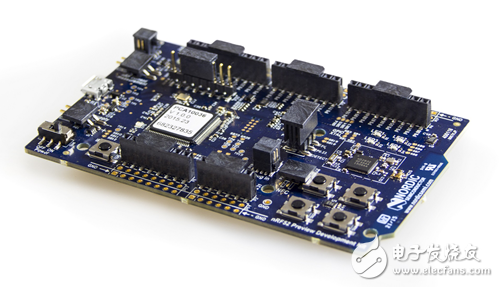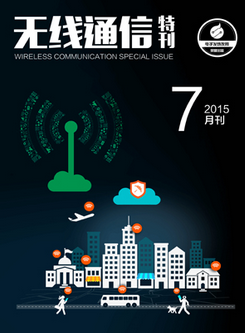Open standards are the key to IoT growth
Only when interoperability technology replaces proprietary technology can IoT reach its full potential, and the industry's excitement about the Internet of Things (IoT) is understandable. We know that the Internet has changed the world in just a quarter of a century, and it is expanding further into billions of tiny, inexpensive sensors that can continuously generate useful data, which will significantly enhance the power of the network. There are thousands of application examples for IoT, but the actual implementation is much less. Most people have heard of the "smart refrigerator", which is the refrigerator connected to the IoT. You can notice that there is no milk through the internal camera, or the date of use indicated on the milk package has expired, and then send a text message to tell you that the milk is finished; But I have never heard of someone who really owns such a smart refrigerator. Ståle “Steel†Ytterdal, Director of Sales and Marketing, Nordic Semiconductor Asia However, some areas have made some progress under the impetus of economic interests. For example, under the encouragement of the British government, smart meters are being rolled out locally. These smart meters have clever features that allow consumers to precisely control how they use energy and even remote control. Such business incentives are crucial to driving things. The Internet was originally funded as a project of the US Department of Defense, and then used as an academic and scientific tool, and later used by business companies to use it freely; similarly, IoT must generate commercial benefits to achieve growth. However, IoT is not only a smart home and networking application, although a fully-fledged system includes a smart city with infrastructure such as traffic monitoring, regulating signals to optimize traffic flow, or a trash can that signals when it needs to be emptied, and is used in the industry. Networked sensors to monitor everything from aircraft engines to crop irrigation. Infrastructure challenge Network equipment manufacturer Cisco describes IoT as an aggregation of Internet Protocol (IP) networks, including millions of computers and billions of other IP devices in homes and offices, plus in Internet-enabled mobile phones in mobile networks. Billions of data packets, using public infrastructure, form a network of trillions of "endpoints." This “public infrastructure†may be the biggest challenge for IoT growth. Manufacturers develop solutions that cannot be easily used together according to their respective commercial interests. Because there is no standardization, there is a danger of network fragmentation. Interoperability has been proven many times in different fields as a catalyst for the rapid adoption of IoT, so IoT technology must be based on open standards. Analysts say more than half of the 30 billion nodes that will ship in the next decade will be used for applications that do not currently exist. If this prediction is to be realized, IoT vendors such as Nordic Semiconductor must make it easy for developers to focus on innovation by providing "out-of-the-box" products based on open standards, without worrying about tuning protocols or taking the time to enable each gateway to interact with each other. Communication. Bluetooth Smart is a good choice for connecting many of the "objects" that make up IoT, as it is a proven and open-standard based technology for ultra-low power wireless connectivity. In this regard, Nordic is proud to be the first to build a complete IP stack based on Bluetooth intelligence and to offer commercial solutions to developers. We have been providing Bluetooth Smart IPv6 (IPv6 over Bluetooth Smart) development kits and tools since last December. In the past, industry observers questioned whether it is possible to run IP on a compact wireless sensor ("endpoint") because it would make the device too complex and the power consumption increase would be unacceptable. However, they assume that endpoints use proprietary solutions and connect to the Internet via a gateway that is relatively expensive but has sufficient computing power to "translate" Bluetooth intelligence to IPv4 or IPv6. But for more than three years, Nordic has been able to provide low-cost and ultra-low-power system-on-chip (SoC) with an IPv6 stack that allows sensors to pass IP packets from sensors to cloud-based servers. Cheap "dumb" devices) connect directly to the Internet. This technology, along with other standard wireless technologies such as Wi-Fi and IEEE 802.15.4, will set off a wave of revolutionary changes, and the impact of the Internet today is also eclipsed.
BLPS laser safety protective device is designed for personal safety used on hydraulic bender.
Press Brake Protection,Laser Guarding Device,Press Brake Guarding Systems,Press Brake Guarding Jining KeLi Photoelectronic Industrial Co.,Ltd , https://www.sdkelien.com

This article is selected from the "Wireless Communications Special Issue", more quality content, download now 
The dynamic test technology it used has passed the Type 4 functional safety assessment by TUV, and get the national invention patent. The product reaches the advanced technological level of similar products.
BLPS laser safety device provides protection zone near the die tip of the bender to protect fingers and arms of the operator in close to the upper mold die tip. It is the most effective solution so far to preserves the safety and productivity of the bender.